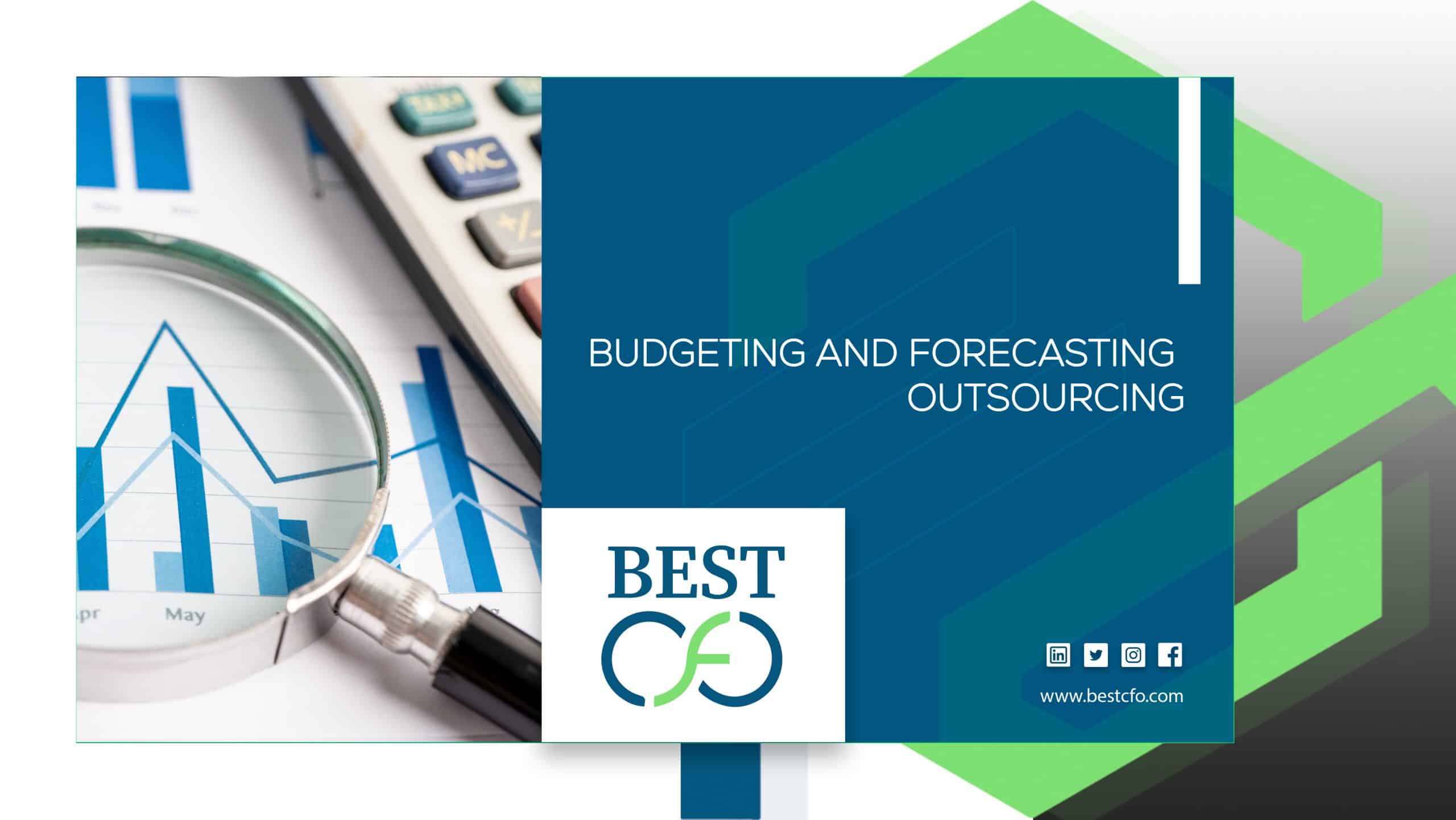
| Getting your Trinity Audio player ready... |
What’s The Difference Between Cost of Revenue and Operating Expenses?
Has this ever happened that you are business owner, and you are looking at your income statements and start wondering why are there so many types of costs? Yeah, you are not alone in this, because these things do exist, but right now here our focus our the two most misunderstood cost terms:
- Operating Expense
- Cost of Revenue
These might sound like some jargons that only people in the meeting room use, but that’s not really the truth. When owning a business, you should be familiar with these two terms, and like really should know the difference between them.
If you don’t know about these then no need to panic, we are here now and we are going to explain every little thing in the easiest way possible, say good-bye to heavy wordings and read everything carefully.
What Is Cost Of Revenue?
Think of Cost of Revenue as everything you directly spend to make your product or deliver your service. If you’re selling handcrafted furniture, the wood, nails, tools, the wages of the people assembling the tables, and even the electricity in your workshop — those costs go into your cost of revenue.
It’s what stands between your raw materials and your final product landing in the hands of your customer.
In accounting terms, Cost of Revenue includes both direct and indirect costs tied directly to production or service delivery, such as:
- Raw materials
- Labor (direct and indirect)
- Utilities for production facilities
- Depreciation of production equipment
This figure appears on your income statement, typically just below revenue, and it directly impacts your gross profit.
How To Calculate the Cost of Revenue
Here’s the good news: You don’t need to be a CPA to calculate your cost of revenue. All you need is a solid grasp of your production expenses and a calculator (or a spreadsheet you trust).
Cost of Revenue Formula:
Cost of Revenue = (Cost of Raw Materials) + (Indirect Materials) + (Employee Wages) + (Indirect Labor) + (Production Facilities Costs)
Here are the proper steps to take to calculate properly:
- Identify how much you spent on raw materials. Wood, steel, fabric — whatever you need to physically make or deliver your product or service.
- If you purchased indirect materials, like glue or paint to support production, include their costs.
- Assess how much you spent on employee wages who were directly involved in making the product or providing the service.
- Include any indirect labor costs — maybe a quality control person or machine maintenance team.
- Don’t forget the cost of production facilities like electricity, rent, and depreciation on equipment.
- Add it all up. Boom — that’s your Cost of Revenue.
Example:
Let’s say you own a small artisanal chocolate company (yum!). Last month:
- Raw materials (cocoa, sugar, milk): $8,000
- Indirect materials (packaging, wrappers): $1,200
- Employee wages (chocolatiers): $6,500
- Indirect labor (QA specialist): $1,000
- Utilities for production: $1,300
Total Cost of Revenue = 8,000 + 1,200 + 6,500 + 1,000 + 1,300 = $18,000
If your revenue from chocolate sales was $30,000, your gross profit would be $12,000.
What Is an Operating Expense?
Now that we’ve tackled the cost of getting your product out the door, let’s talk about the other slice of the pie, Operating Expenses.
These are all the costs of running your business that aren’t directly involved in making or delivering your product.
Think:
- Rent
- Utilities (for your office, not production)
- Office supplies
- Legal costs
- Sales and marketing
- Payroll (for non-production staff)
- Insurance
If it’s necessary to operate your business but doesn’t touch your actual product or service delivery, it likely falls under operating expenses.
How to Calculate Operating Expenses
Operating expenses can feel trickier because they’re scattered across different parts of your business. But the process is straightforward if you’re organized.
Operating Expenses Formula:
Operating Expenses = (Office Supplies) + (Accounting Supplies) + (Insurance) + (Legal Fees) + (Licensing Fees) + (Marketing) + (Payroll) + (Maintenance & Repairs) + (Travel) + (Taxes) + (Rent & Utilities)
Here are the proper steps to take to calculate properly:
- Create a list of all the categories your business spends on that aren’t related to producing a product.
- Tally how much you spent in each of those categories over a specific period (e.g., monthly or quarterly).
- Add it all up — that’s your Operating Expenses.

Example: Calculating Operating Expenses
Let’s continue with our chocolate business.
- Office rent: $2,000
- Utilities (office only): $400
- Admin staff payroll: $3,500
- Legal fees: $500
- Marketing spend: $2,000
- Travel expenses: $600
- Office supplies: $300
Total Operating Expenses = $9,300
Operating expenses like these are deducted after gross profit to give you your operating income.
Cost of Revenues vs. Operating Expenses
Now that you’ve met both players, let’s highlight how they differ:
Category | Cost of Revenue | Operating Expenses |
Related To | Product/Service Delivery | Business Operations |
Examples | Raw materials, labor, production utilities | Rent, insurance, admin salaries, legal fees |
Impacts | Gross Profit | Operating Income |
The simplest way to remember the difference?
Cost of revenue = What it takes to deliver
Operating expenses = What it takes to function
When To Use Cost of Revenues vs. Operating Expenses
- If you want to assess how efficient your production or service process is, look at your cost of revenue.
- If you’re evaluating your business’s overall operational efficiency, focus on operating expenses.
When To Calculate Cost of Revenue
You should calculate cost of revenue:
- Monthly or quarterly (along with your income statement)
- Before setting prices for new products/services
- To understand gross margins
- When preparing for tax season or external audits
- When optimizing your cost control strategies
When To Calculate Operating Expenses
Operating expenses should be calculated:
- Every time you prepare your profit and loss (P&L) statement
- When building a business budget
- During investment planning
- For benchmarking efficiency across departments
- When prepping for a financial health checkup
Need more help understanding how to reduce your operating expenses or improve your cost tracking methods? Check out BestCFO’s blog on controlling business expenses for insights and actionable tips.
Bottom Line
Its important to know the difference the between cost of revenue and Operating expense because you’ll end up messing up every single thing in your business, and end up staring at your income that proally be in negative numbers, so to avoid that know your stuff.
FAQ
- Is payroll part of cost of revenue or operating expenses?
It depends. If payroll is for production staff, it’s part of cost of revenue. If it’s for administrative roles, it’s an operating expense. - Can marketing expenses be included in cost of revenue?
No. Marketing is always classified under operating expenses. - What’s the difference between cost of goods sold (COGS) and cost of revenue?
COGS is typically used for product-based businesses; cost of revenue is broader and includes service-based expenses too. - Should depreciation be included in either of these?
Yes, but it depends on what’s depreciating. Production equipment depreciation = cost of revenue; office equipment = operating expense. - How often should I calculate operating expenses?
Ideally, monthly. It helps track your budget and monitor spending trends. - Is rent a cost of revenue or operating expense?
If it’s for a production facility, it’s cost of revenue. If it’s office space, it’s operating expense. - Are utilities split between both categories?
Yes. Production utilities = cost of revenue; office utilities = operating expenses. - Can you have high revenue and still have losses?
Absolutely. If your cost of revenue and operating expenses are too high, even strong sales might not save you. - Which one affects gross profit?
Cost of revenue affects gross profit. Operating expenses come into play afterward.
Related Posts
From Finance to Future-Proofing: The Strategic CFO for IT
From Finance to Future-Proofing: The Strategic CFO for IT Suppose a traditional CFO sitting at…
CFO vs Finance Manager: Choosing The Right One For You
CFO vs Finance Manager: Choosing The Right One For You The finance world can be…
When Should You Outsource My CFO? – The Guide
When Should You Outsource My CFO? – The Guide Every business, no matter how small…
Top 5 Reasons Why You Should Outsource HR
Top 5 Reasons Why You Should Outsource HR Outsourcing is gaining popularity among businesses looking…
 Demos
Demos  Colors
Colors  Docs
Docs  Support
Support 










